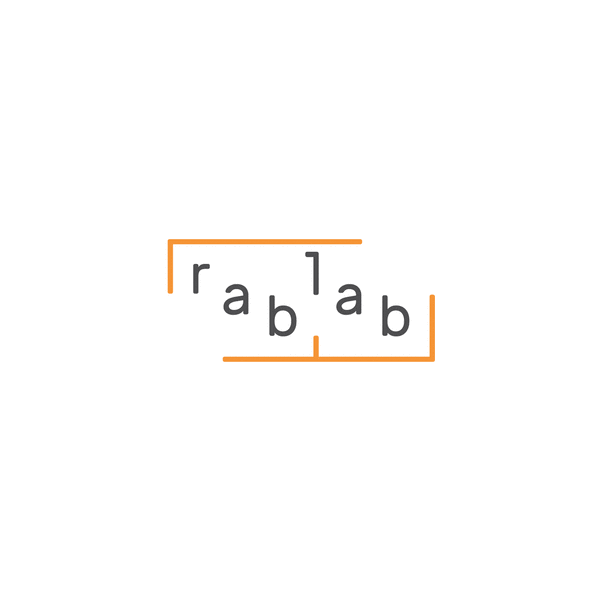When it comes to web marketing, we tend to quickly categorize the different tactics in the business-to-consumer (B2C) type of commerce. On the other hand, the reality remains that the benefits of digital tactics also affect, I would even say especially affect, business-to-business (B2B) companies as well as non-profit organizations (NPOs).
How can a non-profit organization use limited resources to achieve its business goals and maximize its marketing strategy?
A GOOD STARTING POINT: USE GOOGLE AD GRANT ADVERTISING CREDIT (VIA TECHSOUP) WITH A VALUE OF UP TO 10,000 USD PER MONTH!
How? Here is a simplified action plan designed specifically for NPOs to set up a marketing structure quickly, and to benefit from Google Ad Grants (see action 7).
ACTION 1: DEFINE YOUR BUSINESS GOALS
First and foremost, a crucial step is to clearly define your business objectives, then translate them through marketing tactics. For an NPO, we can generally think of these objectives: informing and raising awareness (notoriety), finding volunteers (prospects) and obtaining donations (prospects and donations).
ACTION 2: DEFINE YOUR TARGET AUDIENCES
By clearly stating the business objectives, it makes it possible to establish the current and potential audiences to whom we want to address. While demographic targeting is relevant and necessary, it’s best to add behavioral data to this filter. Think about lifestyle, behavior on the web, consumption habits, etc. For example, the primary target audience to be sensitized could necessarily differ from that targeted by a fundraising campaign. The audiences and messages used will therefore be different.
ACTION 3: DEFINE YOUR COMMUNICATION CHANNELS
The different communication channels all have benefits, we use them to meet a specific objective, or to speak to a specific audience. Among the multitude of channels, those that I recommend, for their simplicity and efficiency, are: Facebook, Instagram, LinkedIn, newsletter, blog, press relations, events and finally all the traditional media, if the resources allow it.
ACTION 4: ENGAGE WITH YOUR COMMUNITY
A crucial point. A multitude of channels are now available to companies (and NPOs) to communicate directly with their audience. Here are a few recommended: Facebook (comments, inbox), Instagram (comments, inbox), LinkedIn (comments, inbox), online chat, email (newsletter, replies to prospects). The simple act of being diligent about engaging with the community brings incredible leverage to a brand – and results!
ACTION 5: MEET YOUR COMMUNITY
While the web makes it easy to engage with the community, nothing will exceed the level of engagement generated by an in-person experience. Holding small events, such as information workshops, volunteer meetings or fundraising activities will undoubtedly allow your brand to live beyond the Web, which is essential for the survival of the organization. Also, it is important to remember that the data collected during events must be used through digital actions!
ACTION 6: ENHANCE YOUR WEBSITE
Too few organizations take the time (and the required expertise) to question their web platform. Yet a site that isn’t optimized for load speed, user experience (UX), and marketing goals (call-to-action buttons, contact forms) can literally destroy your branding efforts. Yes, it takes some expertise to ensure the performance of your site, but believe me it is well worth the effort.
ACTION 7: GENERATE TRAFFIC ON YOUR WEBSITE
One last point: how to increase inbound traffic to our website (now just recently optimized)? Several tactics are to be implemented, in particular a good natural / organic referencing (SEO). Facebook Marketing tactics (Facebook advertising) can also be very interesting. The advantage of Facebook advertising is that it is inexpensive compared to other communication channels.
As for Google, it offers non-profit organizations (NPOs) a program called Google Ad Grants (or Google for non-profit) which pays NPOs that qualify for the program an amount of up to 10 000 USD / month in Google Search Ads (formerly Google AdWords) budget. A process must be completed with the organization TechSoup Canada. This allows NPOs to position themselves at the top of the ranking on a multitude of search terms on the Google search engine – and thus more easily achieve their objectives. It is essential to take advantage of it! On the other hand, in order to maintain this grant, your campaigns will have to respect a certain performance – hence the importance of doing business with specialists. Also, the qualification process is not straightforward. Once again, expert advice will be of great help at this stage.
Finally, if your organization’s resources allow it, I recommend using social media such as Facebook and LinkedIn by investing a budget to promote your content, to reach defined audiences and above all to achieve your goals based on specific advertising campaigns.
Hope the content in this article can help you lay the foundation for a comprehensive and thoughtful marketing strategy for your nonprofit!

